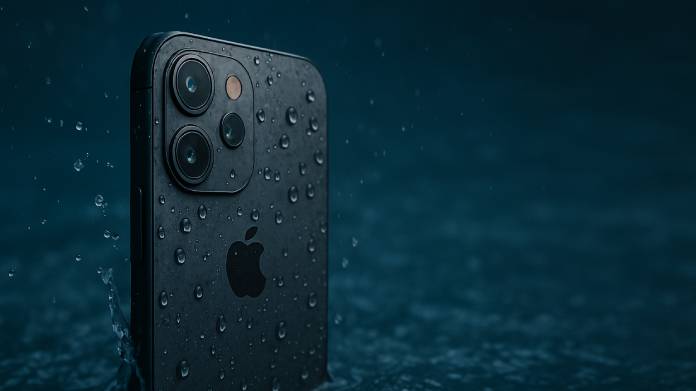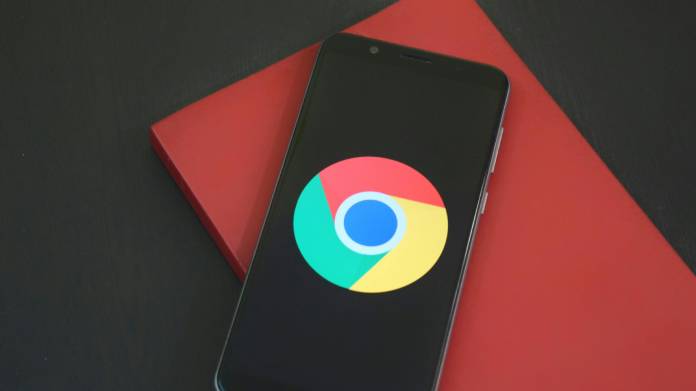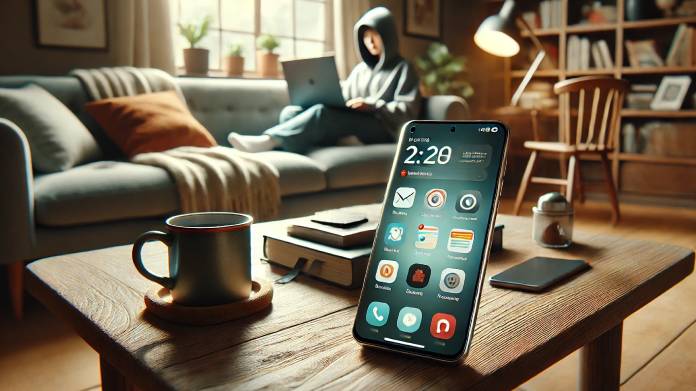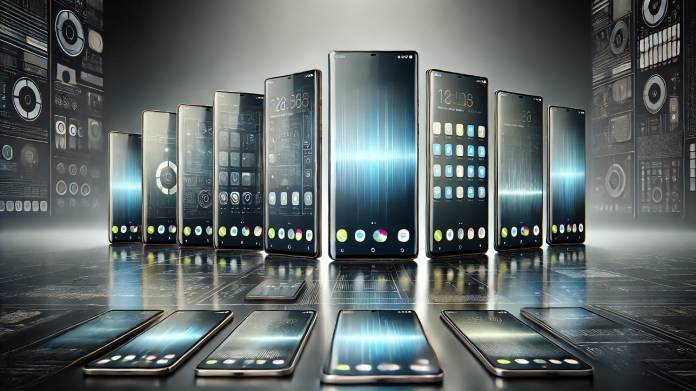
Which iPhones Are Waterproof?
April 2, 2025I’ll never forget the moment. There I was, relaxing at a beautiful resort on a family holiday, when I saw a girl zip down a water slide—iPhone in hand! She plunged into the pool, disappeared for a few seconds, then surfaced triumphantly, replaying her footage without a care in the world. Meanwhile, I was on the edge of my sun lounger, clutching my own phone like it was my firstborn. Had she just committed iPhone homicide? Or are iPhones waterproof now? Let’s dive in (pun intended)!
Are iPhones Waterproof?
In short: No, iPhones are not completely waterproof. But before you panic and start wrapping your device in bubble wrap, here’s the good news: they are water-resistant!
Water resistance means an iPhone can handle minor spills, splashes, and even brief submersions under water. However, it does not mean you can take it for a swim or use it to film underwater TikToks without consequences. Apple’s water resistance ratings are measured under controlled lab conditions, meaning real-life factors like chlorine, salt water, soap, and high water pressure could still cause damage.
Water resistance also isn’t permanent. Over time, normal wear and tear can weaken an iPhone’s protective seals, making it more vulnerable to water damage. So, if you’ve been trusting your iPhone to survive the occasional poolside mishap, you might want to rethink your strategy.

Which iPhones Are Water-Resistant?
Every iPhone from the iPhone 7 onward has some level of water resistance. But not all models are created equal. Here’s a detailed breakdown of which iPhone is waterproof (or rather, water-resistant) and to what degree:
- iPhone 7, 8, X, XR, SE (2nd Gen) – IP67 rated, meaning they can survive up to 1 meter of water for 30 minutes. That’s enough protection for accidental spills, rain showers, and quick dunks—but not for swimming or extended exposure.
- iPhone XS, XS Max, 11 – IP68 rated, which allows them to handle up to 2 meters for 30 minutes. This extra depth means they’re slightly more durable in water, but still not built for regular submersion.
- iPhone 12, 13, 14, 15 & 16 Series – The most water-resistant iPhones yet, with an IP68 rating that extends to 6 meters for 30 minutes. That’s six times the depth of the iPhone 7, making these models much more durable in wet conditions. However, even with this improved resistance, prolonged or high-pressure water exposure is still risky.

What Makes an iPhone Water-Resistant?
Apple doesn’t just rely on good luck and positive vibes to make iPhones resistant to water. Instead, they use a combination of engineering and high-tech materials to minimize water damage. Here’s how they do it:
- Sealed Enclosures – Apple designs iPhones with tight seals around key entry points like buttons, speakers, and charging ports to block water from getting inside.
- Hydrophobic Coatings – Tiny water-repelling coatings are applied to critical internal components, reducing the chance of corrosion or short circuits if moisture does enter.
- Advanced Adhesives – Special bonding techniques help ensure that seals remain intact, even with regular wear and tear.
- Structural Design – The overall build of newer iPhones is more robust, making them better equipped to withstand splashes and accidental submersion.

Can You Swim with an iPhone?
Technically, you can, but should you? Absolutely not! While an IP68 rating means your iPhone can survive brief submersion, that doesn’t mean it’s meant to be used underwater. Apple’s water resistance ratings are based on lab tests with fresh water—meaning they don’t account for pool chlorine, salt water from the ocean, or the force of water from a jet ski splash.
High-pressure water exposure, such as diving, surfing, or even showering with your phone, can force liquid past the seals and into your device. So if you’re planning an underwater adventure, leave your iPhone on dry land or invest in a high-quality waterproof case.

Water in Your Charger Port?
If your iPhone has taken an unexpected dip and now refuses to charge, water might be trapped in the charging port. Rather than panicking, check out our other blog, “How to Get Water Out of Your Charger Port,“ for step-by-step guidance on drying it safely and avoiding damage.
Final Thoughts
So, which iPhone is waterproof? None, technically! But which iPhone is water-resistant? Plenty of them! If you have an iPhone 7 or later, you have some degree of protection against water. Just remember: resistant is not the same as waterproof. Treat your iPhone like you would a Gremlin—keep it away from water whenever possible, and it’ll last much longer.
Stay dry and keep your iPhone safer than that daredevil girl on the water slide!








